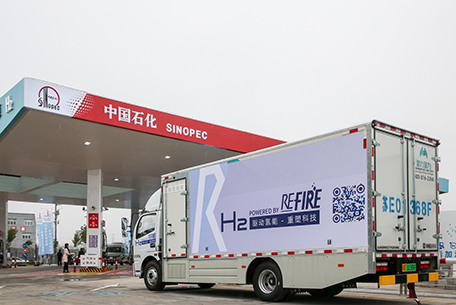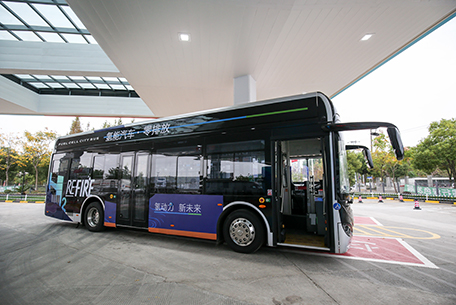Significantly, in April 2020, the State Energy Bureau confirmed plans to include hydrogen into the Energy Act, thus re-categorising hydrogen as an energy source. This was a milestone for the hydrogen industry in China as, prior to this, hydrogen had been considered as a hazardous chemical, subject to stringent restrictions. By 2050, hydrogen is forecast to account for 10 per cent of China’s energy mix, with a demand of 60 million tons.
Platinum’s crucial role
Platinum’s role in the hydrogen economy is crucial. It acts as a catalyst not only in fuel cells, but also in the electrolysis of water using renewable energy to produce completely emissions-free ‘green’ hydrogen, where it works in conjunction with its sister platinum group metal, iridium.
While more detail is awaited, it is highly likely that further green hydrogen investment will feature as part of China’s next five-year plan; renewable hydrogen has already been designated as a key energy source for the country’s future energy security, with a current target of achieving c.15 per cent renewable hydrogen generation by 2030, the equivalent of c.30 GW. However, this appears to be a relatively modest goal if China is to realise its 2060 decarbonisation ambition, particularly in the light of aggressive targets to grow renewable generation capacity by more than 300 GW over the next five years.
Tellingly, a Chinese State Council document released in November 2020, aimed at encouraging enterprises to improve and secure their sourcing of strategic materials required for key technologies that will enable decarbonisation, cites platinum as a key resource.
China is not alone in seeing growing momentum behind hydrogen technologies. The global platinum demand impact of announced green hydrogen policies is clearly sizeable over the longer-term; current EU and China green hydrogen generation capacity targets alone would require, cumulatively, between 300 koz and 600 koz of platinum by 2030*.
*Based on 30% - 60% PEM electrolysers, 90% Heraeus loadings reduction with 0.25gPt to 0.45gPt and 0.15gIr per kw


